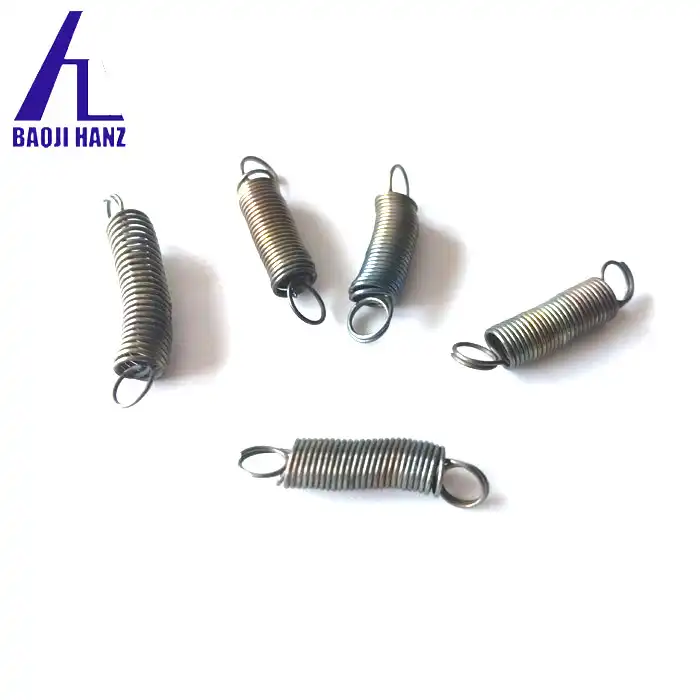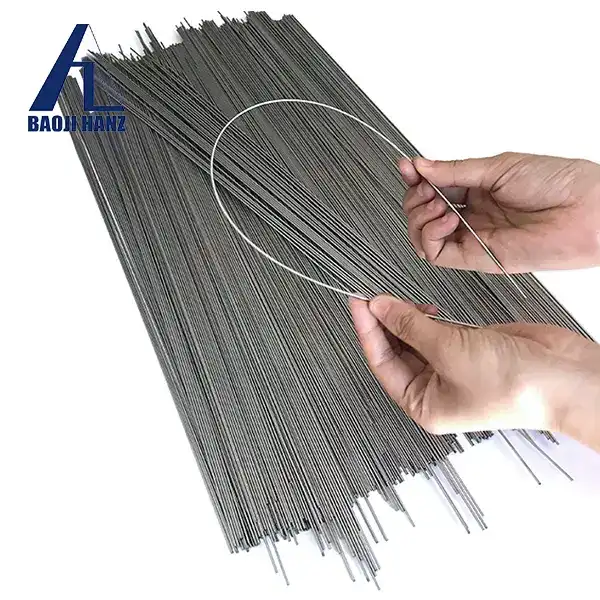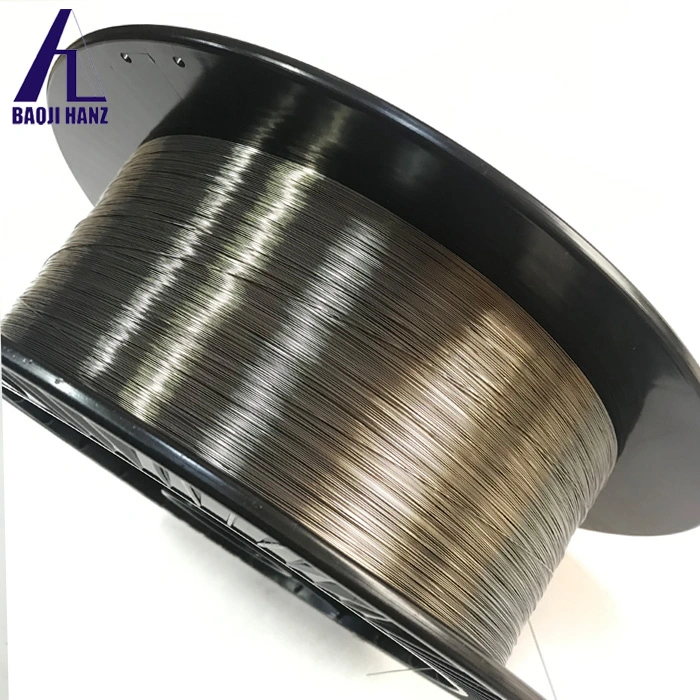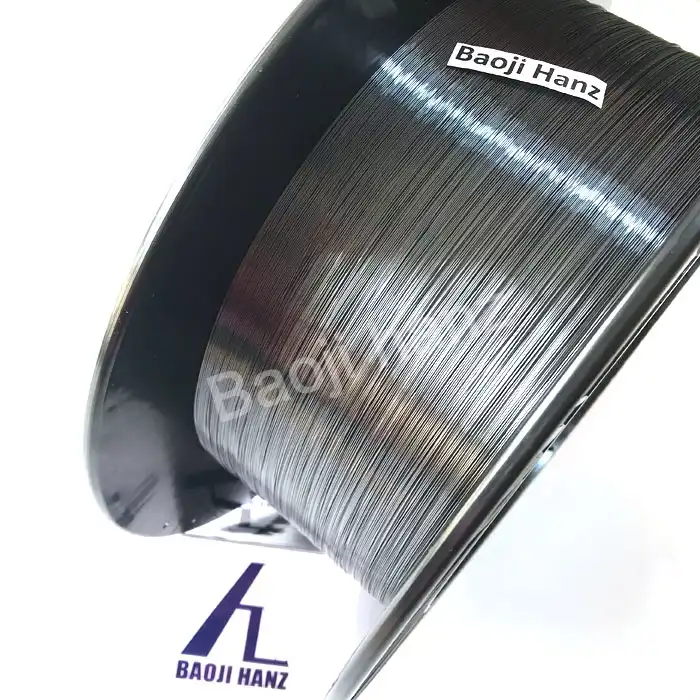What is a nitinol sheet?
2024-07-25 19:14:50
A Nitinol sheet is a type of alloy primarily composed of nickel and titanium. It exhibits unique properties such as shape memory and superelasticity. These properties allow Nitinol sheets to return to their original shape after deformation and withstand significant strain without permanent damage. Nitinol sheets are used in various applications where flexibility, resilience, and biocompatibility are crucial, such as medical devices (e.g., stents), actuators, robotics, and flexible electronics. Their ability to respond to temperature changes and maintain structural integrity makes Nitinol sheets valuable in industries requiring advanced material properties for innovative designs and reliable performance.
Why are Nitinol Memory Sheets used in medical implants?
Nitinol memory sheets are used in medical implants due to their unique properties that allow them to return to their original shape after deformation. This capability is crucial for devices like stents, which can be compressed for minimally invasive insertion into blood vessels and then expand to provide structural support. The flexibility and resilience of Nitinol memory sheets reduce the risk of complications during implantation and ensure long-term effectiveness. Additionally, Nitinol's biocompatibility and corrosion resistance make it suitable for prolonged contact with bodily tissues, enhancing patient safety and improving outcomes in medical procedures.
How do Nitinol sheets exhibit shape memory properties?
Nitinol sheets exhibit shape memory properties due to a reversible phase transformation between austenite and martensite crystal structures. When Nitinol is cold-worked or deformed at a low temperature (martensitic phase), it retains this shape. Upon heating above its transformation temperature, it reverts to its original shape (austenitic phase). This transformation is reversible, allowing Nitinol sheets to repeatedly return to their pre-deformed shape when heated, making them valuable in applications such as medical implants and actuators where precise shape recovery is essential.
What are the manufacturing processes involved in producing Nitinol sheets?
Producing Nitinol sheets typically involves several key manufacturing processes. Initially, nickel and titanium are melted together in precise proportions to form the Nitinol alloy. The alloy is then hot-rolled into sheets of desired thicknesses. Heat treatment processes, such as annealing, are applied to set the shape memory and superelastic properties of the sheets. Precision cutting and surface finishing ensure final dimensions and quality. Quality control measures, including testing for mechanical properties and shape memory characteristics, are integral throughout the manufacturing process to ensure consistency and reliability in Nitinol sheet production.
Conclusion
In conclusion, Nitinol sheets represent a paradigm shift in material science, blending innovation with functionality across various disciplines. Their ability to exhibit shape memory and superelasticity opens doors to new possibilities in fields as diverse as healthcare and aerospace. As technology advances and research progresses, Nitinol's role is poised to expand further, driving innovation and improving quality of life globally.
References
- "Shape Memory Alloys - Nitinol" - ASM International
- "Nitinol Medical Applications" - Boston Scientific
- "Introduction to Nitinol" - Shape Memory Applications




_1740043052871.webp)
.webp)
.webp)
